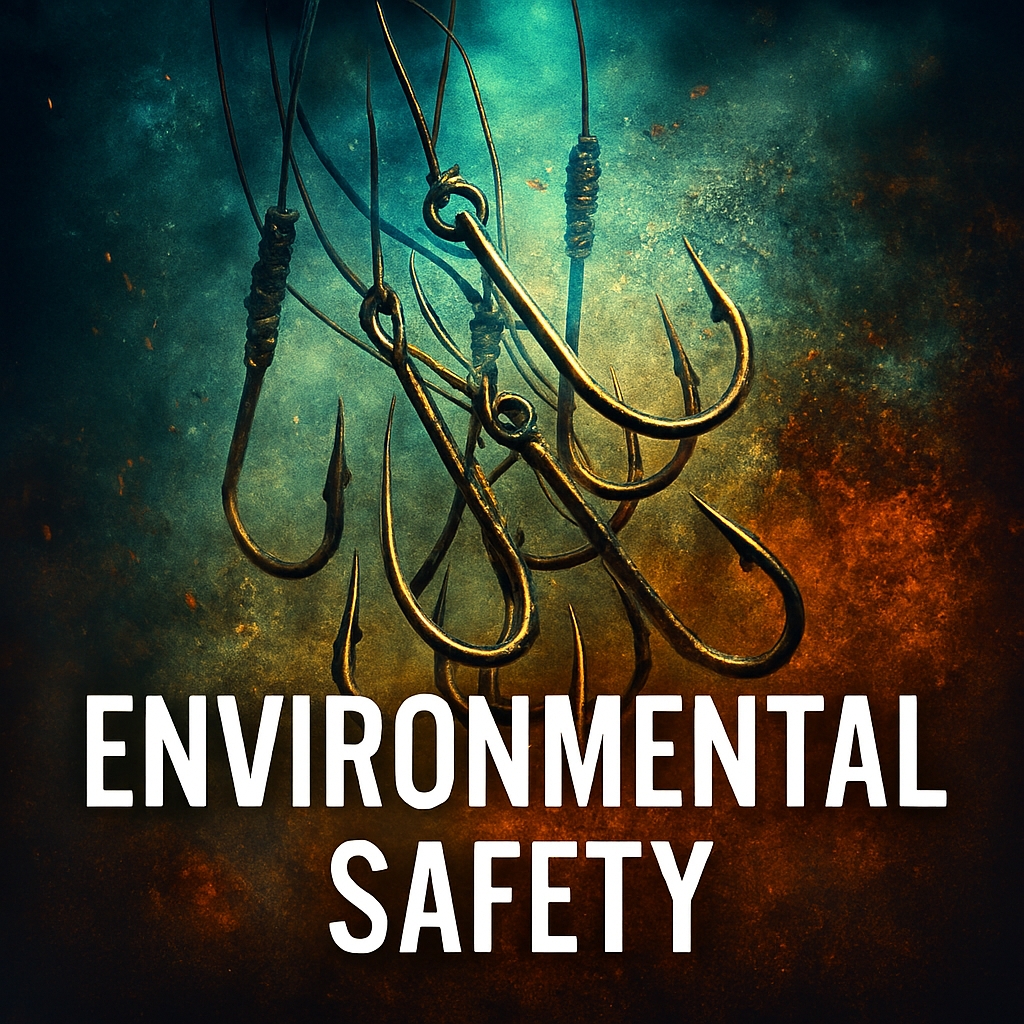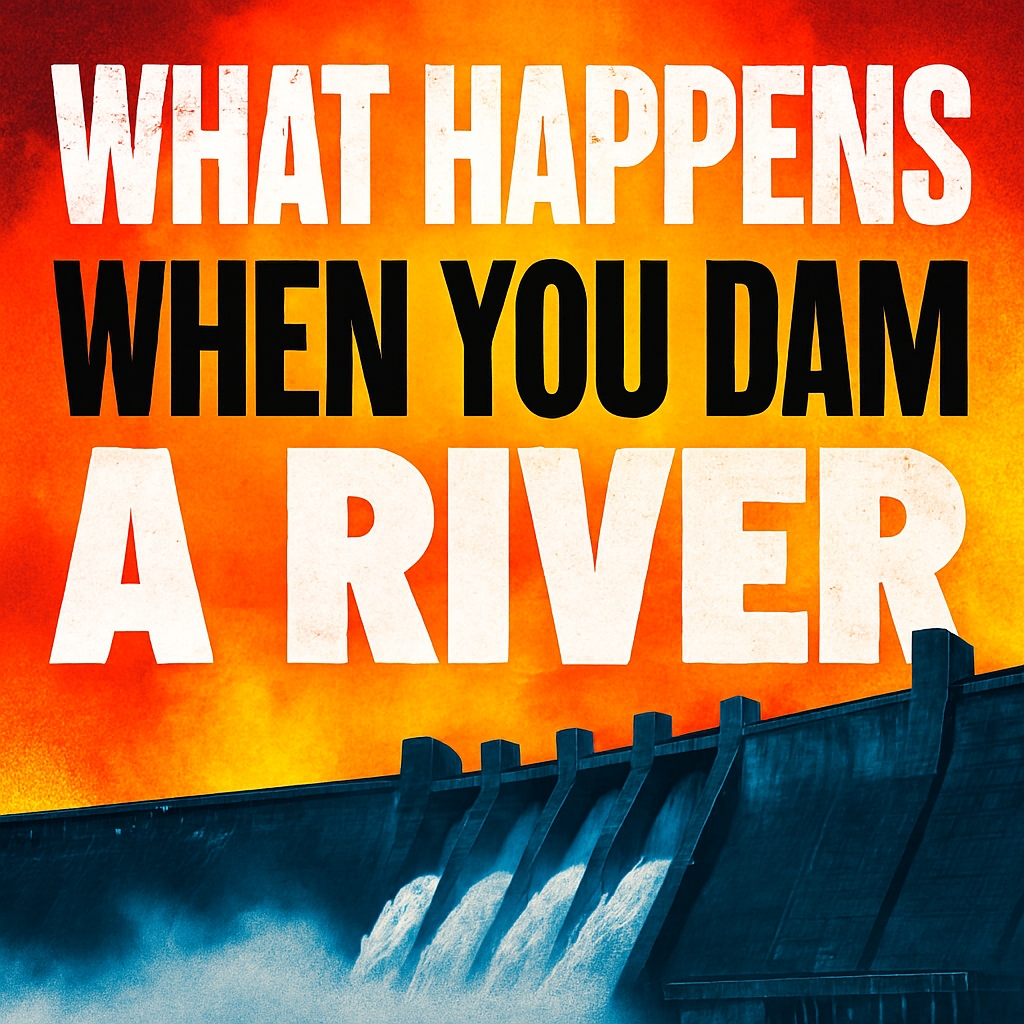Harnessing the Power of Small-Scale Eco Projects for Large-Scale Development
In the realm of environmental conservation and sustainable development, there’s a growing recognition of the power of small-scale eco projects. These projects, though individually small in scale, can collectively contribute to large-scale eco development when they are strategically intertwined. This post will explore how eco dams, eco reefs, eco filtering, terraforming, and eco farming can work together to create a significant impact.
The Power of Many Small Projects that make One Big Impact
The beauty of small-scale eco projects lies in their simplicity and scalability. They are easy to implement, cost-effective, and can be replicated in various contexts and locations. When these projects are interconnected, they create a powerful network that can drive large-scale eco development.
Ecodams
Ecodams are small-scale structures designed to control water flow and reduce soil erosion. They play a crucial role in maintaining the health of aquatic ecosystems and improving water quality.
Ecoreefs
Ecoreefs, often made from eco-friendly materials, provide a habitat for marine life, promoting biodiversity and helping to restore damaged coral reefs.
Ecofiltering
Ecofiltering uses natural processes to remove pollutants from water, improving its quality and making it safe for consumption and use.
Terraforming
Terraforming involves modifying the landscape to make it more suitable for human habitation or agriculture. It can also be used to restore degraded land and create habitats for wildlife.
Ecofarming
Ecofarming practices aim to improve agricultural productivity while minimizing environmental impact. They can help to preserve biodiversity, improve soil health, and reduce greenhouse gas emissions.
The Synergy of Integration: Greater Than the Sum of Its Parts
When we integrate these small-scale eco projects, they become a powerful force for large-scale eco development. The synergy created by their integration can lead to outcomes that are greater than the sum of their individual impacts.
Imagine a scenario where ecodams, ecoreefs, ecofiltering, terraforming, and ecofarming are all working in harmony. The ecodams control water flow, reducing soil erosion and improving water quality. This clean water then flows into the ecoreefs, providing a healthier environment for marine life and promoting biodiversity.
Meanwhile, the ecofiltering process further purifies the water, making it safe for consumption and use in ecofarming. The terraforming creates fertile land for ecofarming, which in turn produces sustainable and environmentally friendly food.
This integrated approach not only maximizes the benefits of each individual project but also creates a sustainable and resilient ecosystem. It’s a testament to the power of collective action and the potential of small-scale eco projects to drive large-scale eco development.
Working as One
When these small-scale projects are integrated, they can contribute to large-scale eco development. For instance, ecodams can be used in conjunction with ecofiltering to improve water quality, while ecoreefs and terraforming can enhance the resilience of coastal communities against climate change. Meanwhile, ecofarming can contribute to food security and rural development.
The Ripple Effect & Long-Term Impact and Unintended Positive Consequences
The integration of small-scale eco projects not only has immediate benefits but also leads to long-term positive changes in the surrounding areas. Over time, these projects grow and evolve, often leading to unintended positive consequences that further enhance their impact.
For instance, ecodams and ecoreefs can lead to the creation of new habitats for a variety of species, increasing local biodiversity. This biodiversity can, in turn, attract eco-tourism, providing a sustainable source of income for local communities.
Similarly, ecofiltering and terraforming can lead to improvements in local water and soil quality. Over time, these improvements can make previously uninhabitable or non-arable land suitable for human habitation or agriculture. This can lead to the expansion of local communities and the growth of sustainable agriculture.
Ecofarming practices, by improving soil health and reducing reliance on synthetic fertilizers and pesticides, can lead to healthier, more nutrient-rich crops. Over time, this can improve local food security and human health.
Moreover, as these projects grow and their benefits become more apparent, they can inspire other communities to implement similar projects. This can lead to a ripple effect, where the impact of a single small-scale project can spread far beyond its original location.
In conclusion, the integration of small-scale eco projects can lead to large-scale eco development, with benefits that grow over time and extend far beyond the original project site. It’s a powerful reminder of the potential of small actions to drive big changes.
Join the Conversation
We invite you to join the conversation about small-scale eco projects and their potential for large-scale eco development. Share your thoughts, ideas, and experiences using the hashtags #EcoDams, #EcoReefs, #EcoFiltering, #Terraforming, #EcoFarming, and #EcoDevelopment.
Remember, every small action counts. Together, we can make a big difference.

















uznogqxlrw
Muchas gracias. ?Como puedo iniciar sesion?